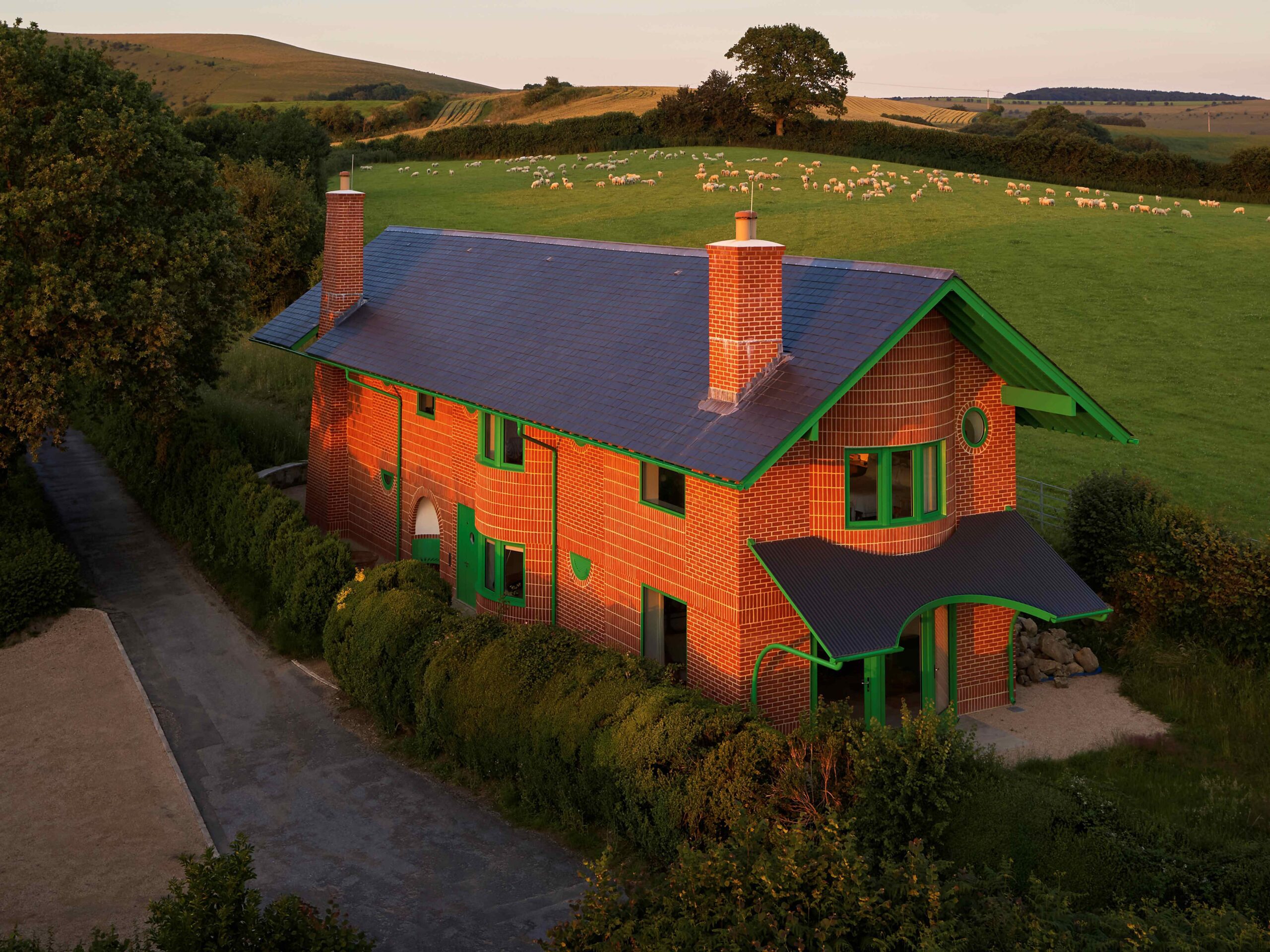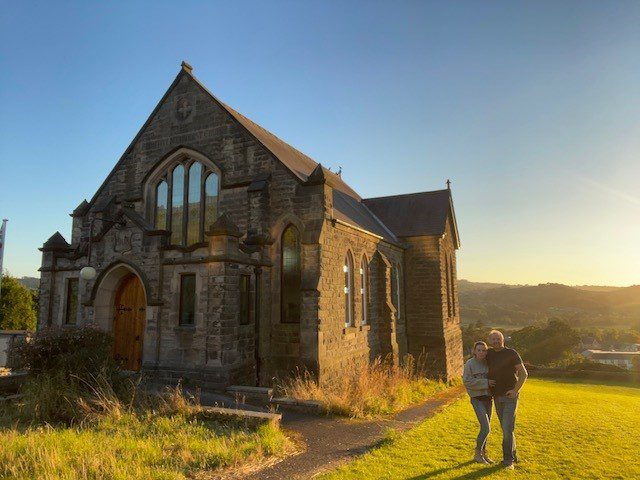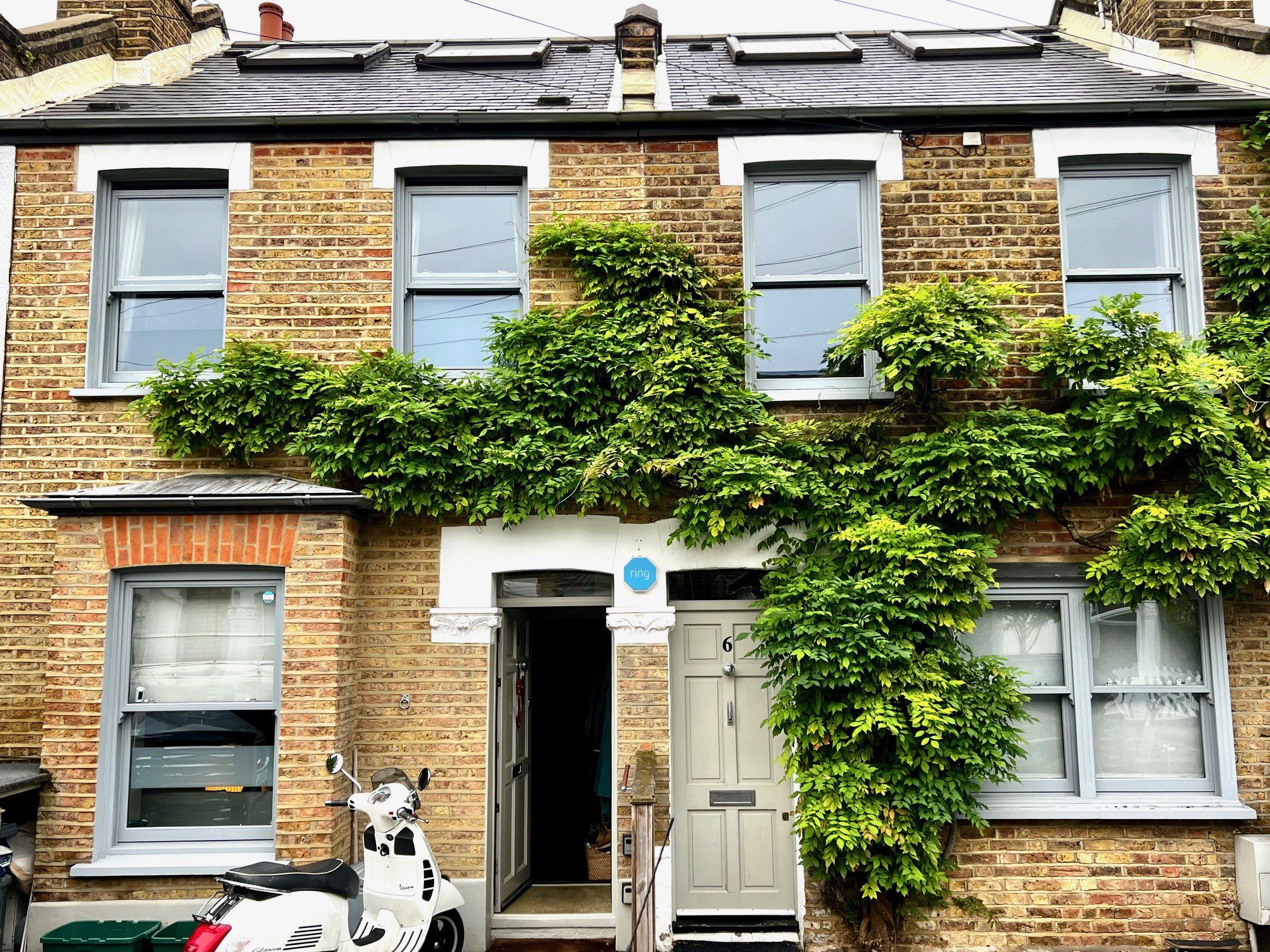Why should you preserve windows in a listed building?
Preserving the architectural heritage of listed buildings is a vital responsibility for property owners. One of the most important elements to consider is the replacement of original windows. This task requires careful planning to balance the building’s historic character with modern performance. In this guide, we explain what heritage windows are, why they matter, and how innovative materials like Accoya, Red Grandis, and LandVac vacuum glazing can help preserve heritage while improving energy efficiency.
Gowercroft Joinery manufactures award-winning timber windows and doors that meet the highest standards for performance and aesthetics. By combining traditional craftsmanship with modern innovations like ultra-efficient vacuum glass, we create products that are built to last, perform better, and maintain the visual integrity of listed and historic buildings.
What Are Heritage Windows?
Heritage windows are replacement windows designed specifically for listed buildings. These buildings are legally protected due to their historical or architectural significance, so any work must be done in a way that preserves their original appearance.
Heritage windows closely replicate the design, materials, and detailing of the original windows but also include modern upgrades in performance and efficiency.
Historical Background
As window styles and materials evolved over centuries, so did expectations. Many listed buildings were built with single glazing and traditional timber joinery, which can’t meet modern energy or comfort standards. Heritage windows emerged as a solution: retaining period charm while offering modern benefits like insulation, noise reduction, and low maintenance.
Blending Traditional Style with Modern Performance
Heritage windows usually include features like glazing bars, decorative mouldings, or sash mechanisms to match the building’s character. At Gowercroft, we use Accoya and Red Grandis timber to deliver longer service life and superior performance. Our microporous paint systems allow the wood to breathe and reduce the need for regular upkeep.
Crucially, we also offer vacuum glazing. This technology provides excellent insulation with a minimal gap between panes, making it almost indistinguishable from single glazing—perfect for conservation areas and listed properties.
Understanding Listed Buildings
Listed buildings are recognised for their national architectural or historic importance. In England, they are protected under law and require consent before any alteration is made.
Grades of Listed Buildings:
- Grade I – Buildings of exceptional interest (e.g., cathedrals, castles).
- Grade II* – Particularly important buildings of more than special interest.
- Grade II – Buildings of special interest; this is the most common category.
Listing covers the whole structure, and often interior features too. Planning permission is needed before altering windows—even if they are beyond repair.
More on this at: Historic England
Why Replace Windows in Listed Buildings?
Even the most beautiful original windows eventually deteriorate. Age, moisture, decay, and exposure can all take their toll.
Common issues include:
- Rot and decay in timber frames
- Drafts and heat loss due to poor insulation
- Security concerns with outdated locking systems
- Single glazing, which lacks modern thermal or acoustic performance
Owners often seek to improve comfort, reduce bills, or make their homes more secure—without compromising on character. Heritage windows provide that solution, replicating original appearances while vastly improving performance.
Criteria for Replacement Windows
When replacing windows in a listed building, you must follow strict criteria to maintain the building’s historic integrity.
1. Match the original appearance:
New windows should replicate the originals in design, proportion, and layout.
2. Use appropriate materials:
Timber is typically preferred. At Gowercroft, we use Accoya and Red Grandis because of their durability, thermal performance, and sustainability credentials.
3. Gain planning approval:
Work closely with your local planning officer or conservation officer to get approval. Early engagement and detailed proposals are key.
4. Combine performance with tradition:
Double or vacuum glazing can now be integrated into traditional-style windows to deliver energy savings and modern comfort.
5. Use expert suppliers:
Choose manufacturers like Gowercroft who understand both conservation rules and modern glazing technology.
Materials and Design Considerations
Choosing the right material is essential. The wrong choice can ruin the building’s character—or fail to meet planning rules.
Timber
- Most authentic appearance
- Can replicate original features like mouldings and glazing bars
- When made with Accoya or Red Grandis, offers durability, energy efficiency, and minimal maintenance
- Environmentally friendly with a negative carbon footprint
- Read our study with Derby University
uPVC
- Low cost and maintenance
- Often fails to meet visual standards for conservation
- Typically not approved for listed buildings
- Made from fossil fuels and has a high environmental cost
Aluminium and Steel
- Slim sightlines and industrial aesthetic
- Suitable in some modernist or converted buildings
- Require maintenance (especially steel)
- May underperform thermally unless modified
- Not typically suitable for traditional heritage aesthetics
Design matters:
Careful replication of glazing bar layout, panel proportions, and moulding details helps maintain the building’s character. Modern advances like vacuum glazing can be integrated discreetly to improve comfort and efficiency.
Energy Efficiency Solutions for Heritage Windows
Traditional windows let out a lot of heat—but listed buildings need solutions that don’t compromise their appearance.
Slim Double Glazing:
- Narrower than standard units
- Offers modest energy gains
- May fail over time due to small seals
- Often not approved by planners due to visible reflections or bulk
Vacuum Glazing:
- Uses a 0.2mm vacuum cavity between panes
- Delivers thermal performance equal to triple glazing
- Virtually indistinguishable from single glazing
- Avoids double reflections
- More likely to be approved in heritage projects
Gowercroft has partnered with LandVac to offer cutting-edge vacuum glazing in traditional timber frames. Our heritage windows now achieve U-values as low as 0.4 (centre pane) while preserving the original appearance of listed properties.
Navigating Planning Permission
Getting planning permission can be complex, but these steps will help:
- Know the rules:
Check your local authority’s guidance and Historic England’s criteria. - Talk to your conservation officer early:
Their input is vital—and it helps avoid delays. - Provide detail:
Include drawings, materials, and proof of how your solution maintains the building’s character. - Show successful examples:
Demonstrating that similar projects have been approved can help persuade decision-makers. - Work with experts:
Companies like Gowercroft can help prepare the application and provide approved case studies and technical documentation.
Conclusion
Heritage windows are about more than just appearance, they protect the history and beauty of listed buildings while preparing them for the future.
At Gowercroft, we use sustainably sourced timber, industry-leading vacuum glazing, and expert craftsmanship to help protect our built heritage. Our products meet both planning requirements and the comfort expectations of today’s homeowners.
If you’re restoring a listed property, partner with specialists who understand the regulations and the details that matter. With the right windows, you can preserve history, reduce energy use, and enjoy your home for decades to come.
Heritage Window Case Studies
Find out more about our Heritage Windows
https://www.gowercroft.co.uk/heritage-windows-and-doors/richmond-heritage-casement-windows/
https://www.gowercroft.co.uk/heritage-windows-and-doors/winston-heritage-sliding-sash-window/
https://www.gowercroft.co.uk/heritage-windows-and-doors/churchill-heritage-doors/


